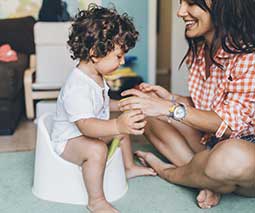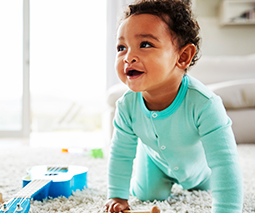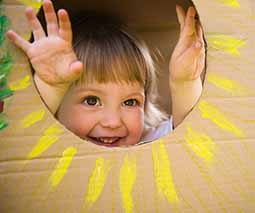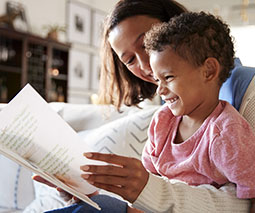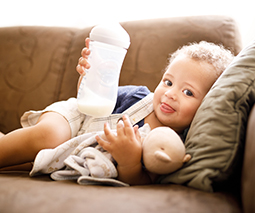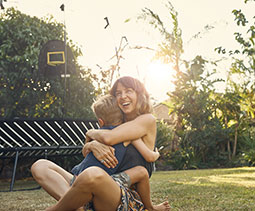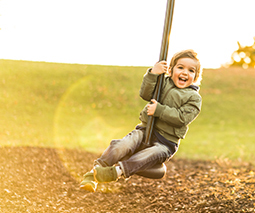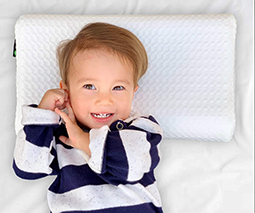Why we should let our children feel sad
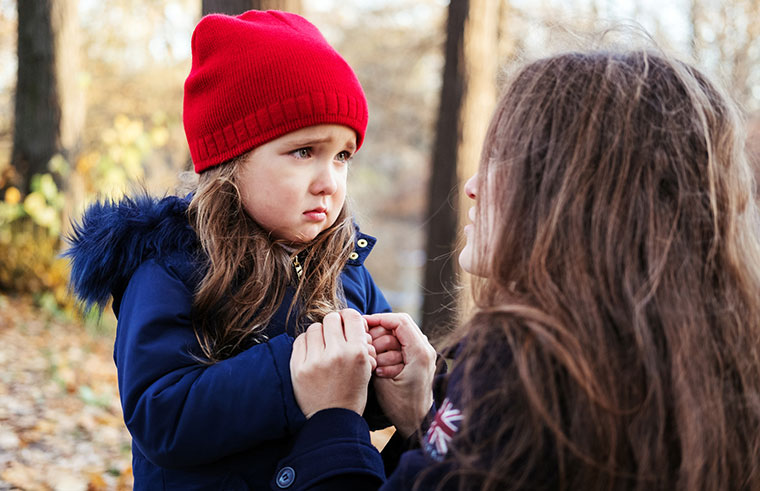
It can be heartbreaking to see your little one sad or upset. As parents, we naturally want to make everything better and make our child happy once more.
However, helping children to recognise and navigate their emotions is an important part of their development – and one we should not try to diminish by pretending everything is okay.
Hello Sadness
Popular animated kids’ movie, Inside Out, explores the various emotions of an 11-year-old girl called Riley – and just how important each one is in terms of her overall happiness. We go inside Riley’s mind to see Joy, Anger, Fear, Sadness and Disgust all working together to keep her life running smoothly.
But when Riley’s family moves to a new town and her life is turned upside down, even Joy can’t help Riley to be happy. Funnily enough, it’s Sadness, the least popular emotion, who saves the day and sets Riley back on track.
For someone like me, who always tries to be positive and happy, and encourages her kids to be the same, the movie was a real eye-opener. The role of Sadness becomes crucial to Riley’s eventual happiness and instead of pushing Sadness away, it must be embraced for Riley to be able to navigate a changing and emotional world.

“You’ll be okay!”
When one of my kids feels unwell, has grazed a knee or is sad about something, I always try to make them feel better by telling them that everything is fine. I don’t want them to worry, nor do I want them to feel down. I always think I’m helping but this isn’t what they want to hear.
In fact, once my daughter said, “Mum, when you say that, it sounds like you don’t care.”
While nothing could have been further from the truth, I could see that I was minimising her problem rather than acknowledging it.
I learnt at that moment that while it’s not healthy to dwell on the negative, it’s important to let kids feel whatever emotion they’re feeling, instead of avoiding it at all costs.
Should we let kids feel sad?
Dr Susan David is a psychologist, mum of two and author of the book Emotional Agility. She says it’s vital to teach our children about emotions.
“Our kids’ ability to navigate emotions through their life is the bedrock of resilience, grit, thriving, self-regulation, self-motivation, every capability that we can think of,” she says.
If your child is sad because he didn’t get invited to a birthday party or no one would play with him, it’s only natural that you want to jump in and cheer him up or solve the problem. But this is not actually helping.
“Our kids are feeling pain – we might not be feeling that same pain, but they are feeling jealousy or anger or sadness and with the best of intentions often what we try to do is we try to jump in and help our children to feel good,” explains Susan. “What we do when we react in this way is that we actually take from our children the ability for them to learn a couple of really core ideas.”
One such notion is that by jumping in to help or distract your child, the emotion will simply pass.
“They don’t get the opportunity to recognise that this is what sadness feels like,” says Susan.
Another issue is that by trying to fix emotions, it can often leave a child feeling unseen. But by showing up and ‘seeing’ your child, Susan believes that you’re recognising the emotions he will be experiencing throughout his life. “If we can help them start feeling comfortable with sometimes difficult and uncomfortable emotions – that’s critical,” she says.
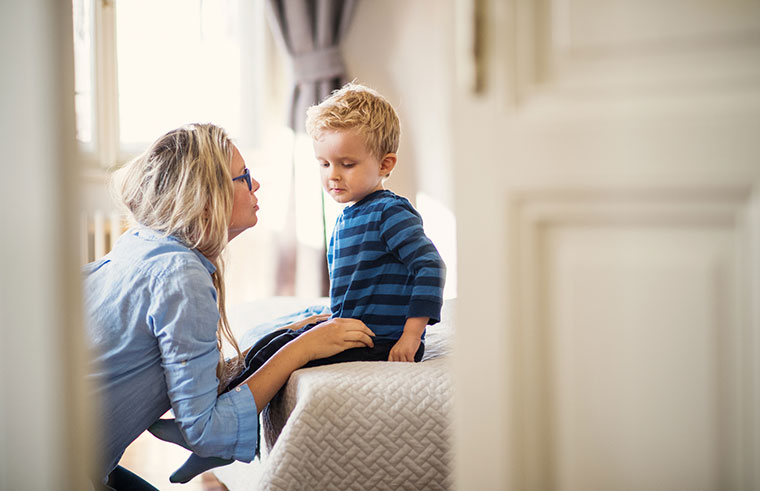
What can I do to help?
As well as becoming familiar with their emotions, Susan recommends helping your child label them – and to start doing this from the age of two or three.
“We know that children are able to differentiate between sad versus angry versus frustrated for example, so this labelling is critical and is associated with lifelong well-being,” she says.
Back to Inside Out, no one wants Sadness around, as she always brings down the tone of the day. But by recognising Sadness, Riley was able to learn from her experience, deal with her situation and find her way home.
So, next time my child is sad, I will try to listen to what she has to say and allow her to feel whatever she’s feeling. It will be challenging to not eliminate whatever drama she’s going through, as I always want to do, but a little bit of sadness is not such a bad thing – and does a lot more good than harm.
